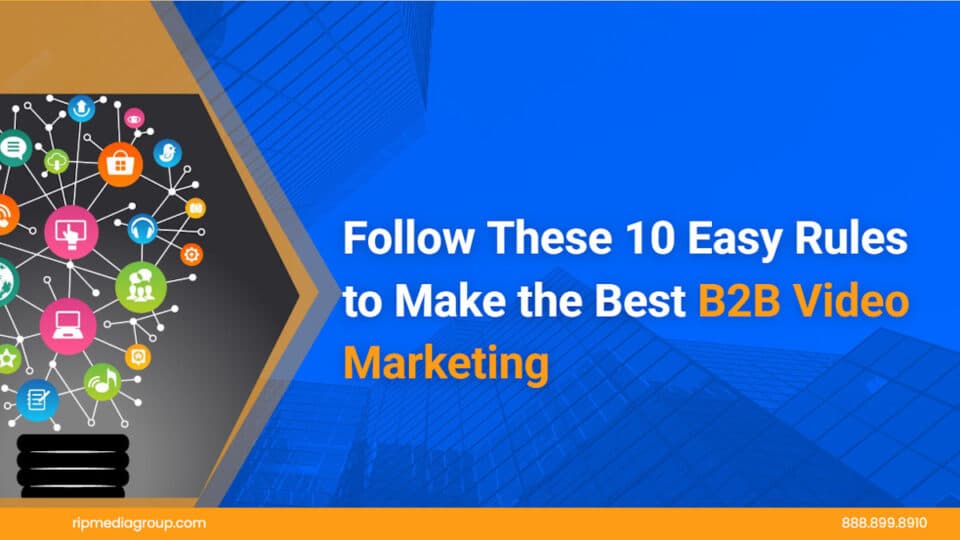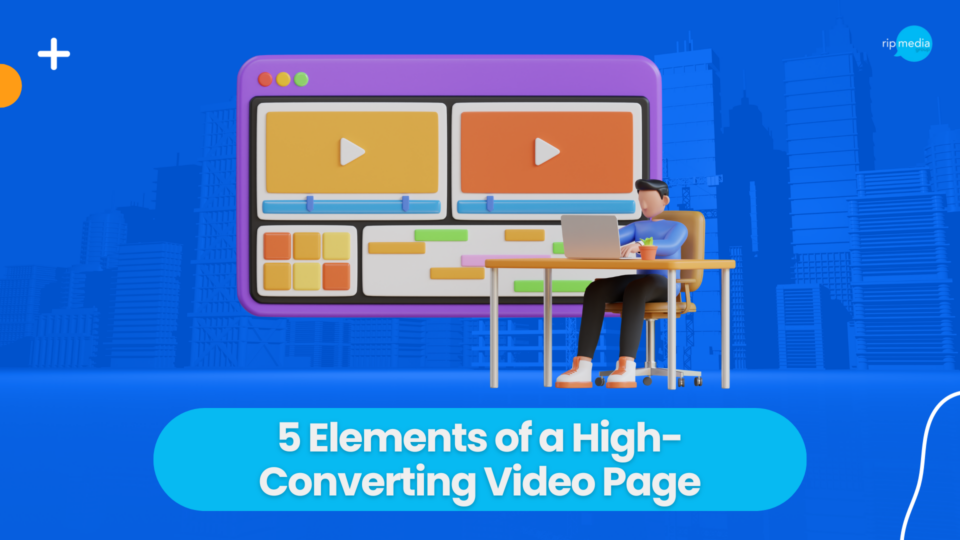We get it, you can’t always hire an amazing agency for your design, video, and banners. So, if you’re still using Adobe Spark, Canva, or any of the other design template sites on the internet after reading this article, keep reading for my top tips for preserving your business’s reputation.
Whether you’re trying to design a banner, ad, social media post, business card, letterhead, or logo for your brand new company, finding the right design template can be daunting.
If you find yourself struggling with finding the perfect font and color combinations for your brand’s Facebook page image, Instagram story, or Snapchat filter, this article will help shape up your digital identity in no time.
Most people think that I’m against companies employing design templates when, in reality, it’s true – after all, how can you make your marketing materials feel genuinely distinctive when you’re using a template that thousands of other people may use as well?
But, if you are limited on time, budget, or skills, then yes, templates can be a fantastic way for small businesses to get creative with their limited logo and design resources. In fact, until you’ve figured out your company plan and brand identity and have amassed a sufficient amount of cash, you should not invest in premium, custom marketing assets.
However, there are several horrible templates accessible, and it may be hard to know how to utilize them if you haven’t done so before. Keep reading for my top recommendations for ensuring that your brand continues to shine, whether you’re using Canva, Adobe Spark, or another web design template platform.
1. Keep It Simple and Basic

When you’re looking at most design template apps, it’s easy to become overwhelmed by the numerous choices available—which may lead you to choose something that appears appealing rather than choosing a design template that reflects your business.
If you don’t know what your template will look like, no matter how fantastic the designs are, it’ll be difficult to pick one. To avoid this, think about what features you’ll need for the asset before even looking at possibilities. Consider the assets you’re making. A basic header and picture for an Instagram graphic? How many blocks of text you’ll need?
If you know what you want, it’s much easier to narrow down your choices. I recommend taking a few minutes to consider what information will be included in your template before even opening up an app. This way, when you do open the program, there are fewer distracting options.
With this in mind, you can quickly sort through the flashy distractions that aren’t really serving your needs. In general, it’s better to go with the most basic choice that checks all of your boxes. Ideally, it should also be something that may be readily applied to promote many sorts of marketing assets so you can keep things unified across channels.
2. Brand Consistency Comes First
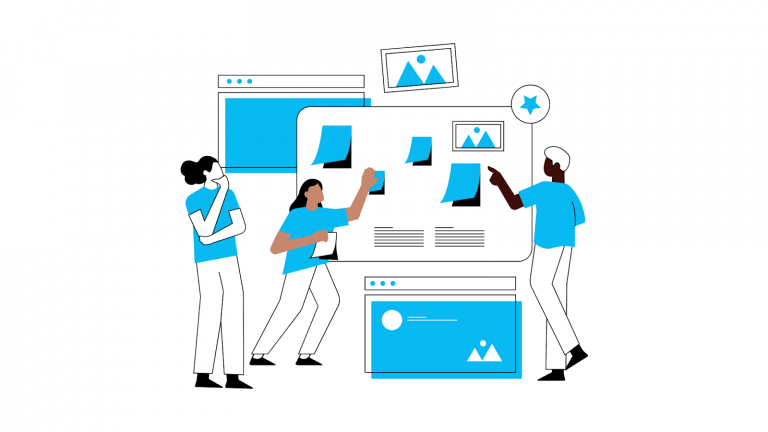
Ideally, the template you choose will reflect your company’s identity. However, if you’re just starting out, don’t hesitate to go with something that doesn’t fit perfectly. Branding takes time to develop and isn’t dependent on having a perfect logo or matching fonts.
Remember that consistency is key in branding—so once you’ve picked a template, make sure that the font, colors, and images are exactly what you’d like to use. You can always change the template, but make sure you swap out all of the elements. If there is inconsistency among them, your brand will be seen as unprofessional and unreliable to consumers.
For example, if you want your logo to be red but the color choice isn’t available in the template you’ve picked, bring up your site’s image editor or graphics program and edit it there. Then upload that image into your template. Even if it’s a little off, you can use that as your placeholder until you’re able to complete the branding process.
3. Branding Changes at Any Time
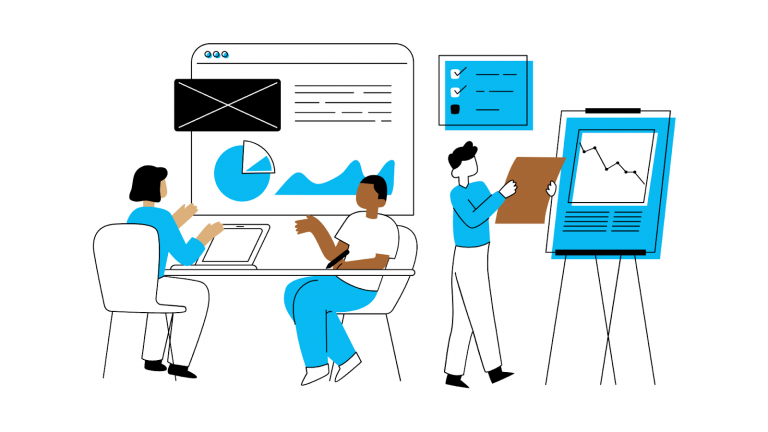
Once you’ve got one outstanding template, don’t hesitate to modify it as you see fit! Branding isn’t something that can be decided and established overnight. It needs constant work and attention as your business grows and changes.
When I first started out on my own account in Canva, I used their basic logo every time I created a graphic for myself or potential clients. Now that we’ve sponsored multiple podcasts and achieved some real recognition for our small business brand design services, we had more room to play with colors and fonts—and we took advantage of this!
The point is that your brand can change, often in big ways. However, if you are diligent about rebranding, you won’t have to worry about major issues such as losing your logo’s registration (so you’ll still hold the rights to it) or your brand image changing without warning.
Therefore, even if you start off with a template that’s perfect for your business, it doesn’t mean that will always be the case. Branding is fluid and should change according to what makes sense for your specific company at any given time—so don’t hesitate to update templates as time goes on!
4. Don't Be Fooled by the Current Trends.

It’s easy to get caught up in design trends you see all over Instagram, but it’s also simple to become too swept up by them and include them into your design assets, despite the fact that they don’t quite match your brand. Under no circumstances should you be afraid to separate yourself from the crowd.
It’s tempting to jump on trends because they are popular, but if you do so without considering your brand needs, it could ultimately undermine your marketing efforts! If people are concerned about consistency within your assets—such as matching fonts or colors—then this will reflect poorly on your company. It will show that you’re not confident enough in your brand to stand out with key design decisions.
If you’re really worried about making your site unique, the best thing to do is play with a wide variety of templates and edit them according to what fits your design needs. This may cost you a little bit of time and energy, but it’s less costly than changing your whole brand image!
With that said, there are some things that do work across the board. For example, keeping your brand colors simple and cohesive will help to keep several designs consistent throughout your social media channels—even if they aren’t cohesive in terms of specs.
5. Concentrate on What Your Brand's Real Message Is.
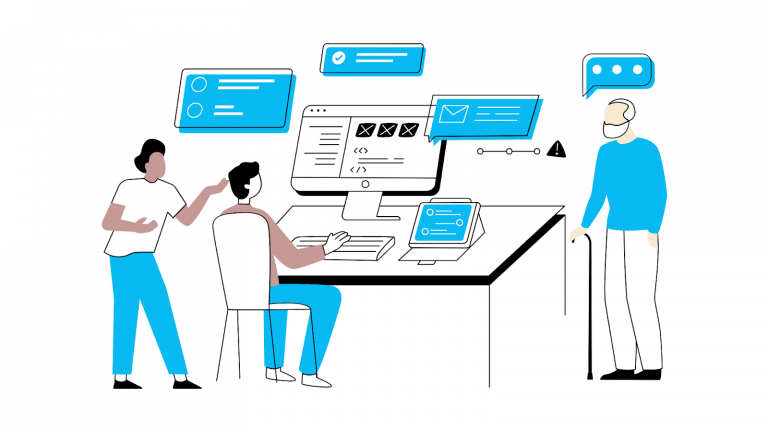
Last but not least, templates are designed to be used! The most common reason they don’t work is that you spend too much time thinking about them. So many small company owners put an excess of emphasis on design in general when there are so many other factors that are essential to their brands, such as the message you convey with your clients and your overall business plan.
When you’re considering how to master templates, remember that they should only serve as a guide. The most important thing is conveying your brand message while maintaining consistency across all of your channels. If you can create a template that allows you to do this, simply by using your logo and color scheme, you’ll be well on the way.
However, if you find yourself changing the logo and colors of every template you use, then that’s a sign that it may be time for an update. You can do this by creating new logos and color schemes for your brand, which will allow you to create more designs than before.
Don’t be afraid to experiment with different color schemes! The best way to determine what works is trial and error.
Here’s the thing
All your marketing materials should follow the same design, but you don’t have to be an expert to create beautiful pieces. Design templates are great for making sure that all of your marketing assets are cohesive with each other—and the truth is, they’re very easy to use!
I hope that this article has been helpful, and we’re sure you’ll be able to create the best graphic using design templates in the future. Just remember to focus on your brand’s mission and don’t get distracted by trends. You can follow these steps and make serious improvements in terms of template design.
Once you’ve mastered the technique, the specifics will no longer matter!
Now that you have an idea in terms of graphic designs, how about videos? There’s nothing wrong with learning something new, am I right? This knowledge will be useful for you in the future for sure.
We have sets of FREE tips and tutorials waiting for you. Your clock is ticking, start learning how to create successful marketing campaigns today!



